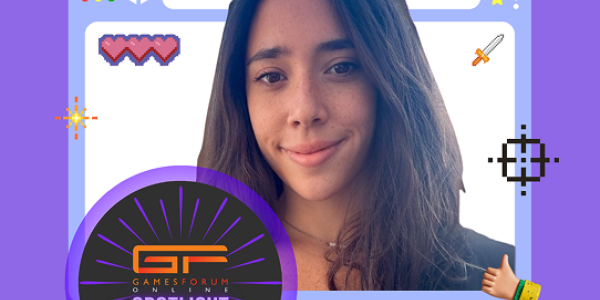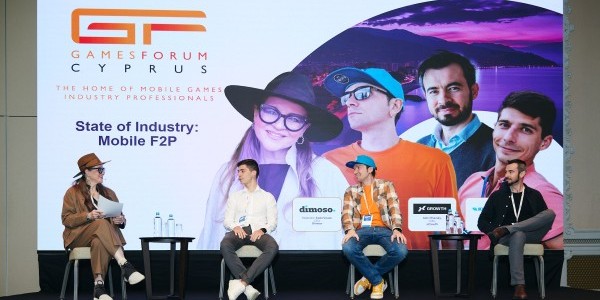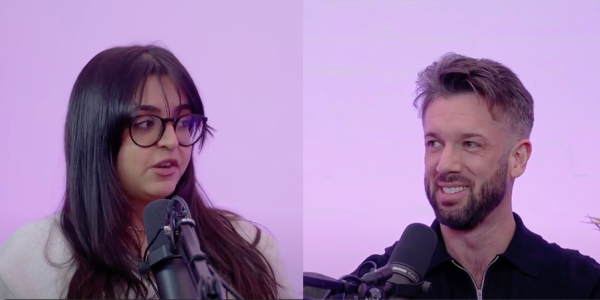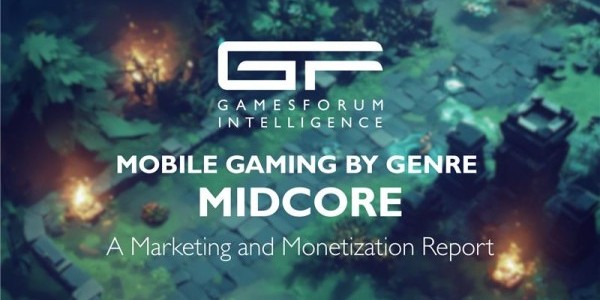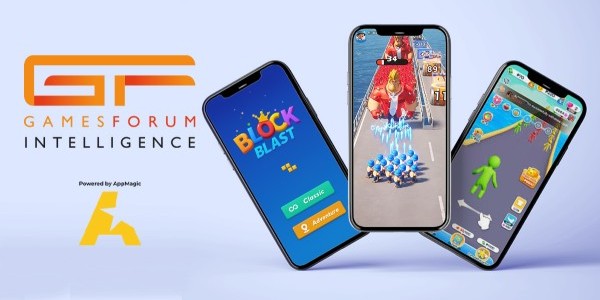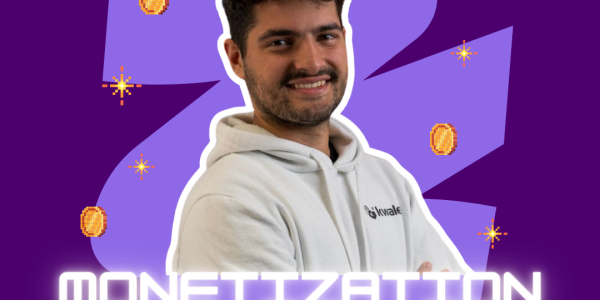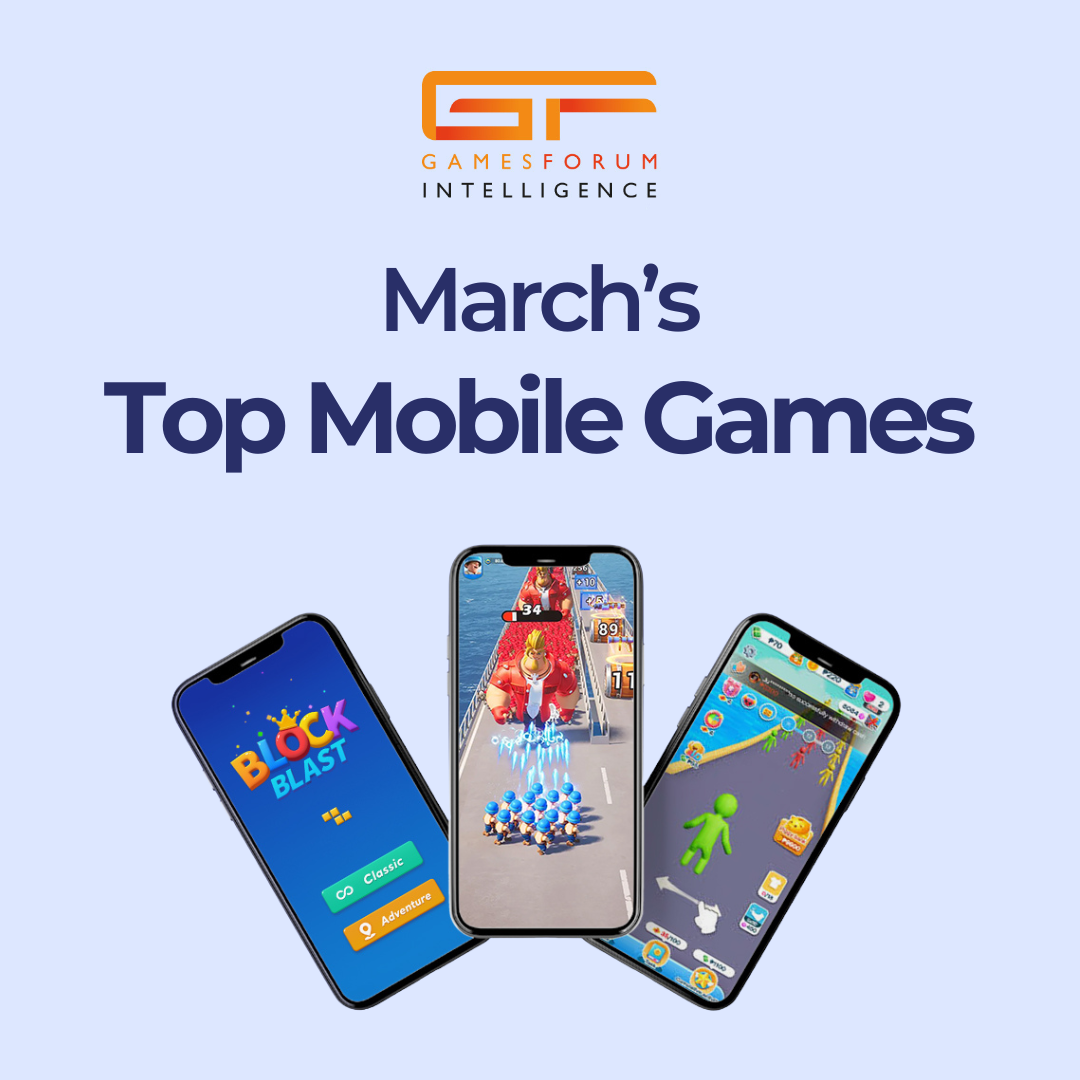Level up Your Growth Campaigns in 2024 with Deep Learning

2023 was a tough year for mobile game developers. While there have been some new success stories, like Honkai: Star Rail, the mobile gaming environment has been difficult for developers to navigate, and 2024 looks set to continue some of these trends. Let’s dive into the industry's state, the importance of mobile gaming ad campaigns in 2024, and how novel solutions like Deep Learning can give mobile game developers an edge.
The mobile gaming industry faces two key challenges
For mobile game developers, there are two big challenges to overcome. The first is decreasing spend by consumers. Consumer spend has declined for two years in a row, to $107.3 billion in 2023, and mobile game downloads have also decreased by 2% to 88 billion downloads.
This challenge is made doubly difficult by a crowded marketplace. This could be exacerbated as Artificial Intelligence tools are making it easier than ever for new developers to enter the mobile gaming market. The outcome is more games competing for a shrinking pool of money.
There are some positive signs. The demand for high-quality games is clearly there, and there are signs that the slowdown in mobile gaming may begin to reverse in 2024. Certain key markets like the United States and South Korea have seen positive growth YoY in 2023.
So, what should mobile game developers do to remain competitive?
Leveraging AI development tools will be key
Remember those AI tools we mentioned earlier? While they have potentially increased the competitiveness of the gaming market, they’re also an opportunity for developers to cut costs. The technology is still in its infancy, but according to the game development studio Lost Lore, AI Art helped to reduce their production costs by about ten times.
As AI tools become increasingly sophisticated, these tools are likely to bring bigger savings to game developers, which means you need to acquire less-paying players before you start making money.
Speaking of paying players, there’s another trick that game developers can use to maximize their revenue: Demand Side Platform (DSP) powered Retargeting.
This type of retargeting specifically refers to retargeting campaigns outside walled garden ecosystems, like Meta and Google. DSPs are able to reach players outside specific platforms, meeting them where they are spending most of their time.
Re-engaging existing players is better than re-acquiring
Over the past few years, there has been a big focus on improving Players' Lifetime Value (CLTV), or the amount of revenue each customer will generate for you over their lifetime on your game. This is a key way to boost ROAS.
The key is to focus on re-engaging a player before they uninstall your app. This means that you don’t have to spend more money on a costly action or an installation, and can instead focus your efforts towards nudging a player back to a game they enjoyed.
So, how can mobile game developers do this? Well, the first way is to construct your game to keep players there for longer. This can involve a drip-fed story, an engaging meta-game, or regular new content drops to keep them engaged.
Aside from this, you can use nudges like push notification campaigns or even emails in the hopes of bringing players back into the game. However, these methods alone are unlikely to help you stand out in a sea of noise. For that, you need something stronger—retargeting.
Retargeting is a key tool for mobile gaming companies
A retargeting campaign involves delivering adverts to players who are already engaged with your product, reminding them why they love it. The way these adverts are delivered is highly flexible, and this makes them a brilliant way to engage with new customers.
Take the example of RTB House. We use Deep Learning to optimize our retargeting campaign for maximum effectiveness. Our algorithms are designed to process information layer by layer, in the same way your brain does. This enables it to make increasingly sophisticated insights, which it then uses to personalize a retargeting campaign.
So what does this look like in practice? Let’s take a look at five different mobile gaming companies and how they were able to use Deep Learning powered retargeting to improve their mobile gaming ad campaigns.
#1 Huuuge Games increased average user revenue with Deep Learning-improved creatives.
Retargeting can be used in a few different ways. One of the most powerful is targeting specific high-value players in order to increase your average user revenue. Huuuge was able to boost average user revenue for its social casino by 2.6 times, with 3.3 times more players than before the retargeting campaign began.
The key was to re-engage high-value lapsed players with strong creatives tested and automatically improved by Deep Learning algorithms over the course of the campaign.
#2 Mystery Tag boosted ROAS by 339% with personalization
Personalized ads are a really powerful tool for mobile game developers. Prior to working with RTB House, Mystery Tag was achieving around 10% ROAS on their Harvest Land game. The game had a large audience, which made it a good candidate for retargeting. By using Deep Learning, Mystery Tag was able to deliver highly personalized ads, which helped to boost ROAS by 339% by the end of the campaign.
#3 Elex improved engagement with location-specific creatives.
Personalization isn’t just about the creatives or players themselves. Deep Learning is able to understand complicated datasets and take advantage of many different types of data points. For example, in a retargeting campaign for Elex’s game The Walking Dead: Survivors, RTB House algorithms used location-specific ads to boost engagement, which improved ROAS in the initial U.S. target market, and then across a diverse range of new markets.
#4 Boombit significantly reduced their payback period.
An efficient retargeting campaign can also ensure that mobile game developers don’t need to wait too long before breaking even on their ad spend. The key is to minimize the amount of time it takes to encourage a player to make a purchase. Thanks to Deep Learning, Boombit was able to reduce their payback period by 3.6 times.
#5 Wemade used segmentation to improve ROAS.
Wemade was able to improve their ROAS and beat their re-engagement costs goal by 40% with Deep Learning-supported user segmentation. In this approach, Deep Learning algorithms used Wemade’s user data to identify which players were most likely to want to re-engage after an ad and what ad format would be most likely to convince them to do so. This approach took advantage of Wemade’s own dataset and proved very effective.
Take your mobile game ad campaign to the next level with Deep Learning
In our experience, any mobile gaming developer with a significant audience should use retargeting as a core part of their marketing strategy. A retargeting campaign run with a retargeting provider like RTB House can increase your revenue from lapsed players, improve retention rates, and boost average revenue per paying user (ARPPU) by 50%.
If you want to find out more about how RTB House can help you maximize the revenue of your mobile game, contact us today.
You can hear more from Alex and the RTB House team at Gamesforum Cyprus on April 11th!


